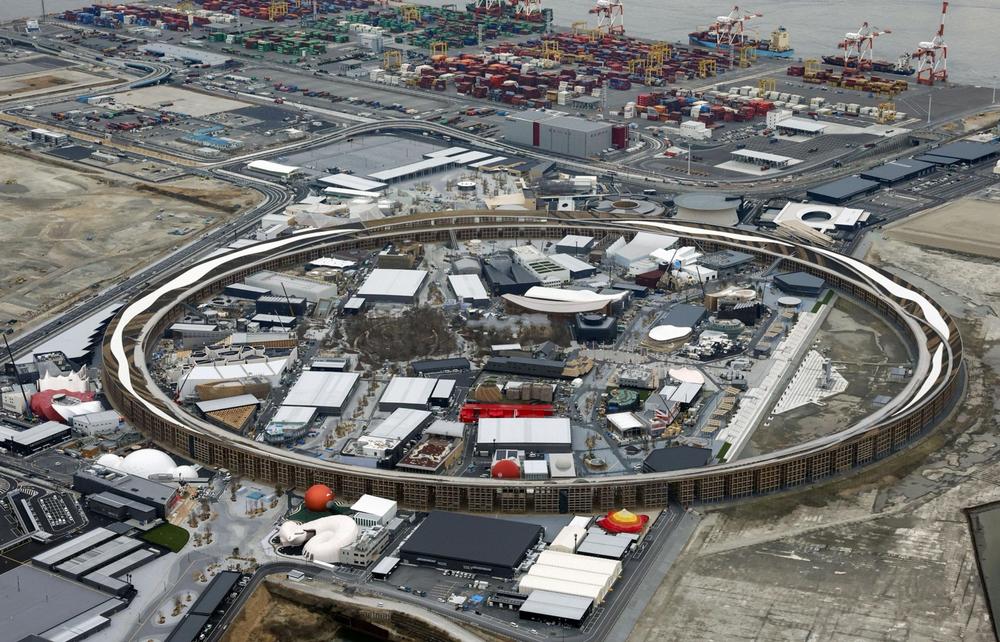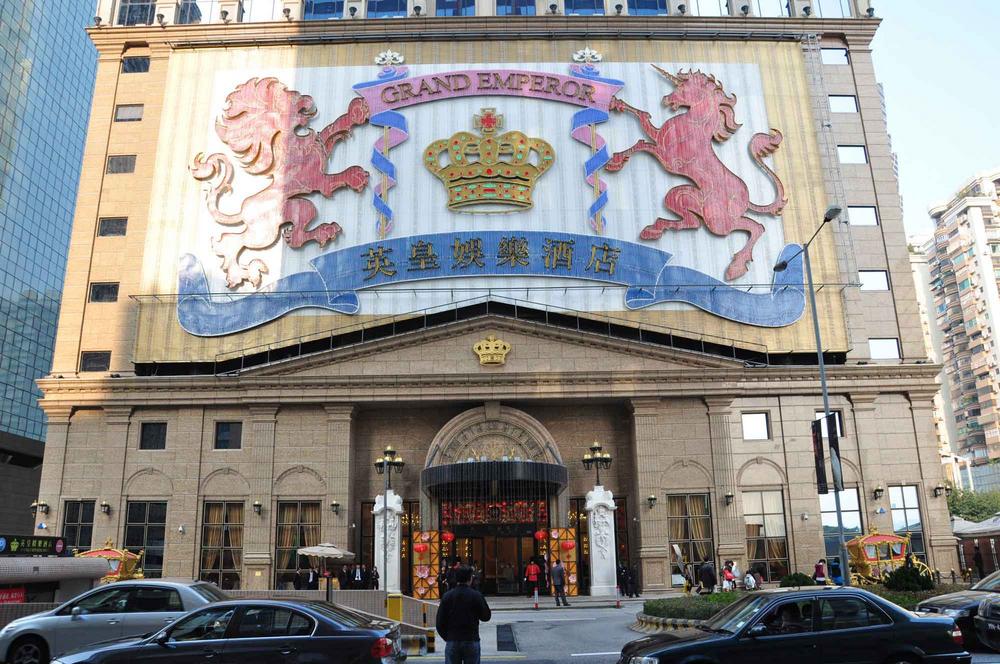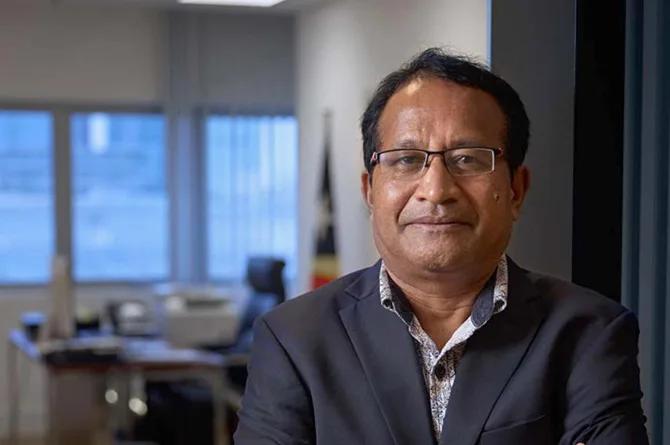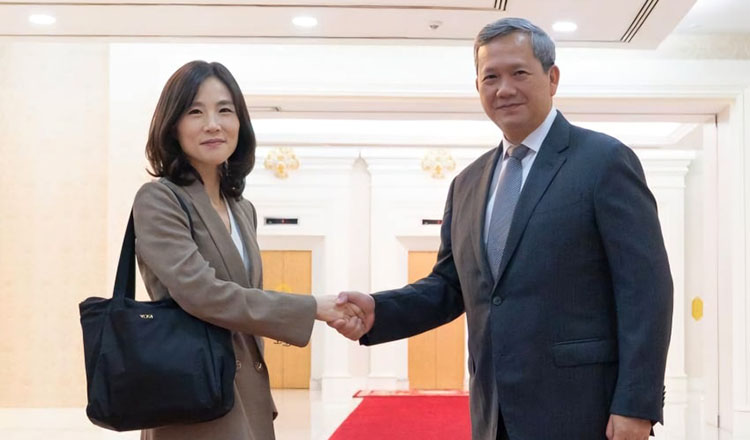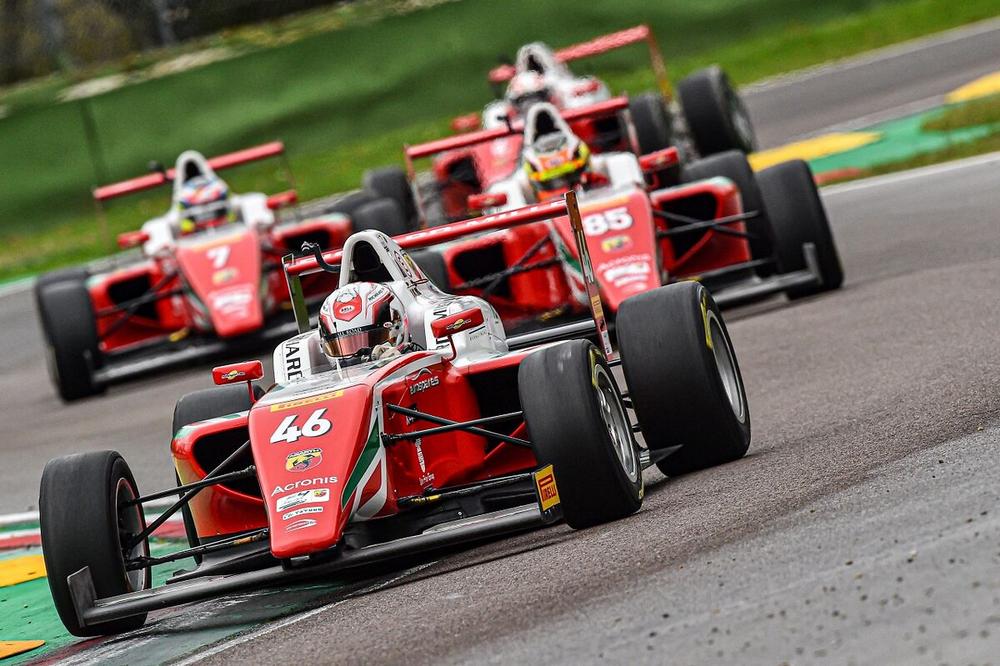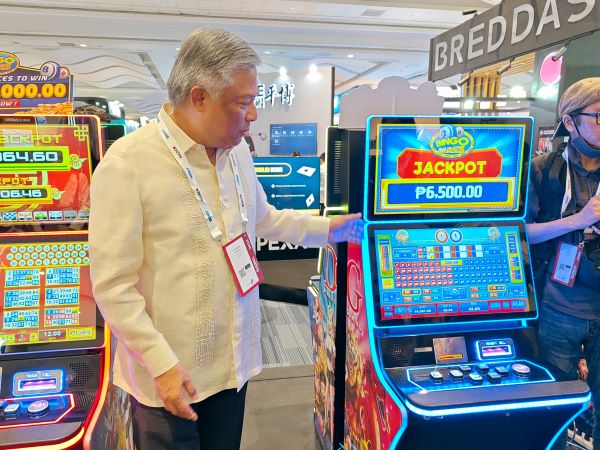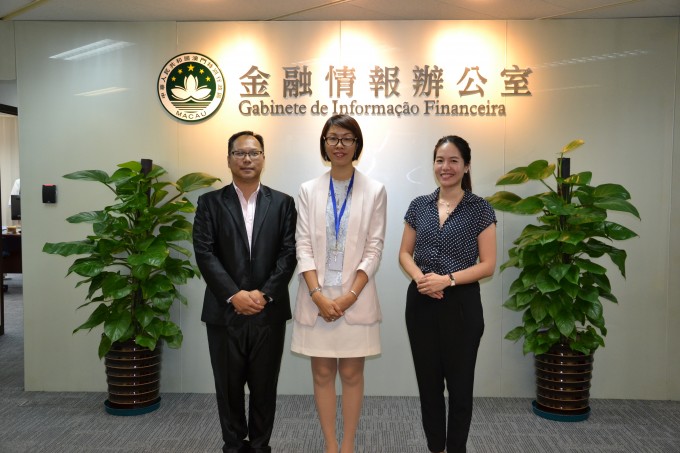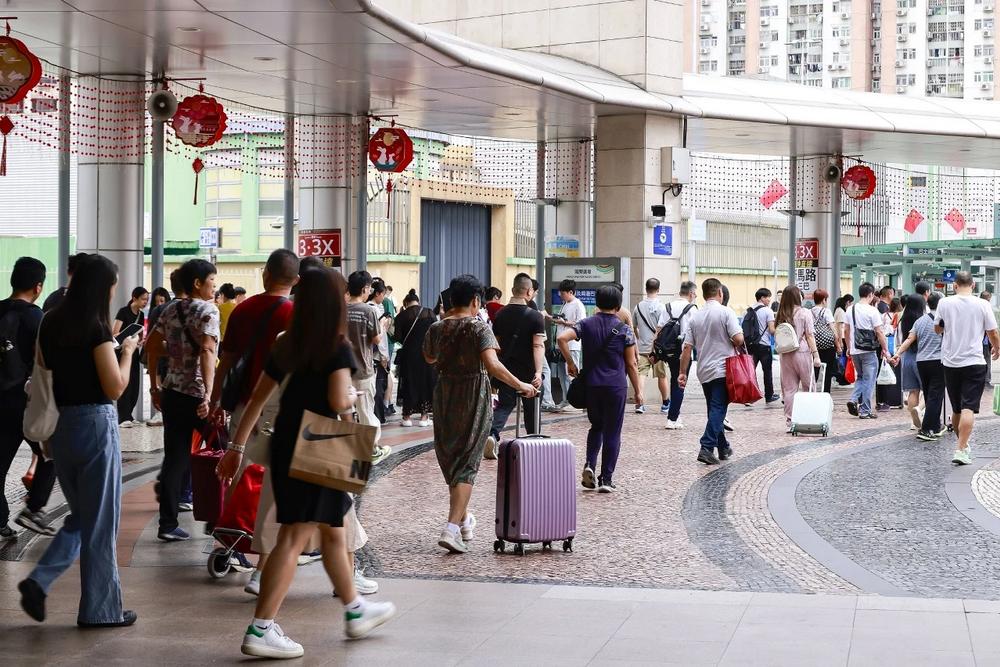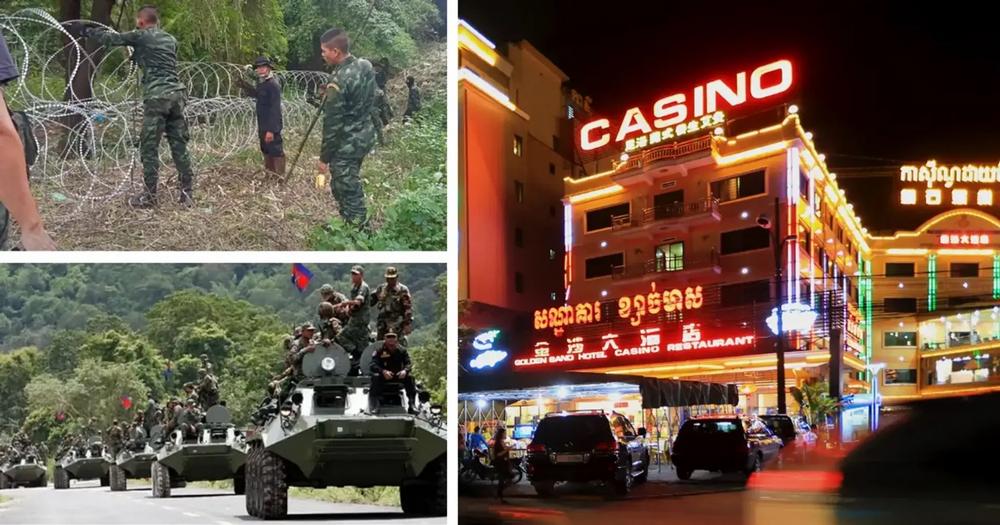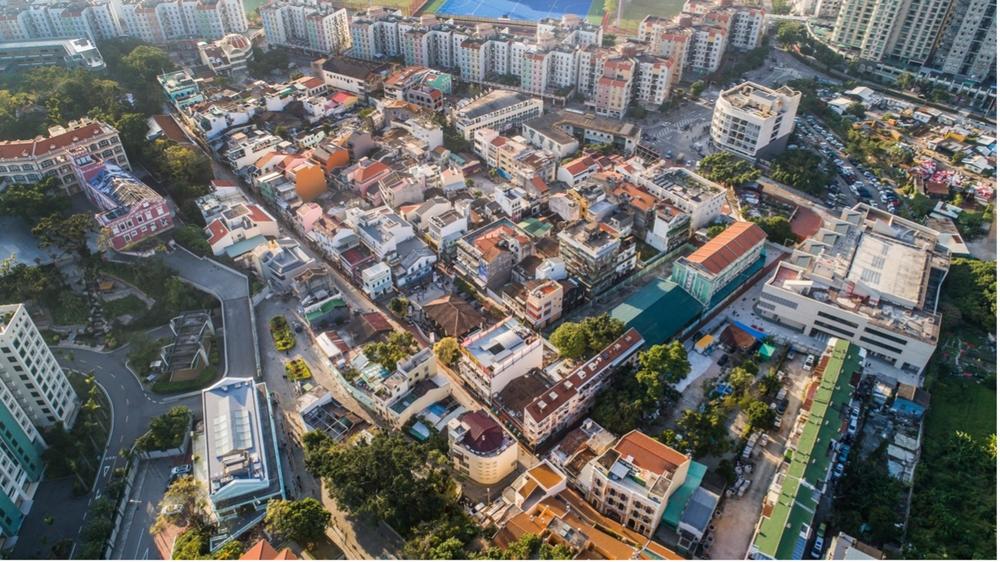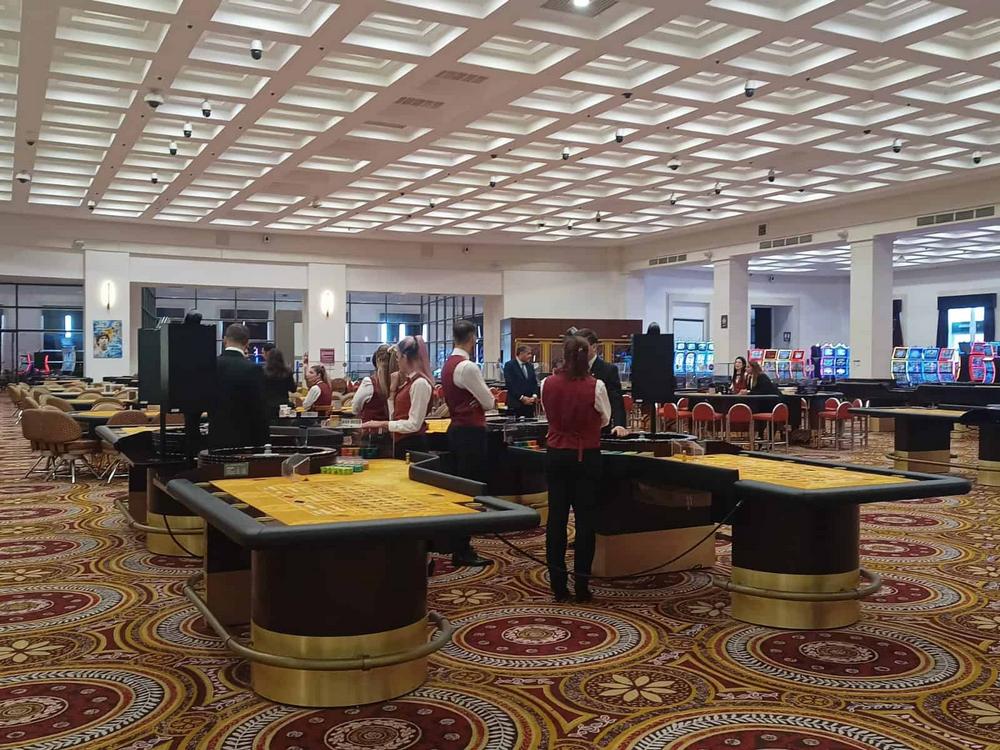The Macau government collected MOP$8.11 billion (US$1.01 billion) in gaming tax revenue in July 2025, according to figures released by the Financial Services Bureau (DSF). The result was virtually unchanged from June’s MOP$8.16 billion, underscoring stability in the city’s post-pandemic casino recovery.
From January through July, cumulative gaming tax revenue reached MOP$53.37 billion (US$6.64 billion), representing a 3.4 percent increase year-on-year. The data confirms that Macau’s tax base remains heavily reliant on its casino industry, which contributed more than 86 percent of total government income during the period.

The consistency in July’s tax revenue mirrors the performance of Macau’s gaming market overall. Gross gaming revenue (GGR) for the month hit MOP$22.13 billion, the highest monthly total since January 2020. This figure marked a 19 percent rise compared to July 2024, reflecting strong demand across both mass market and premium segments.
Analysts say the numbers demonstrate resilience despite regional headwinds. The stable tax revenue stream ensures continued fiscal strength for the Macau government, which uses casino levies to finance infrastructure, healthcare, and social welfare programs. Still, experts caution that such heavy reliance on gaming exposes Macau’s public finances to external shocks, from global travel restrictions to changes in China’s economic climate.
The government’s mid-term budget forecasts anticipate gaming tax revenue to remain the central pillar of public finances throughout 2025. While diversification into tourism, MICE (meetings, incentives, conferences and exhibitions), and non-gaming entertainment has been emphasized in policy announcements, progress remains gradual.
For now, July’s data offers reassurance: Macau’s casino sector is delivering steady returns, with tax receipts holding firm at around MOP$8 billion per month. With August expected to benefit from the summer holiday period, observers predict that both GGR and tax revenue could post further gains, potentially strengthening confidence in the industry’s recovery trajectory.









